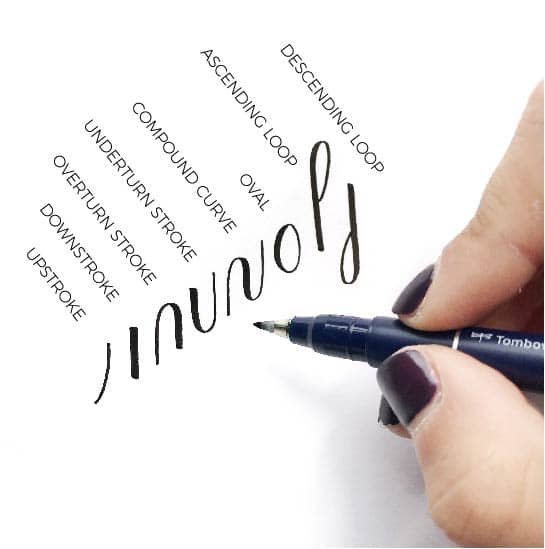If you want to learn calligraphy and create beautiful, artistic letters for personal projects or gifts, then you’ve come to the right place! As an 18 year old student who recently discovered the art of calligraphy, I know first hand the struggles of learning this timeless craft. After spending countless hours practicing and experimenting with different techniques, here are some of my best tips for calligraphy that will help get you started on your journey!
Invest in quality calligraphy pens and nibs: A good quality pen and nib are essential for achieving the best calligraphy results
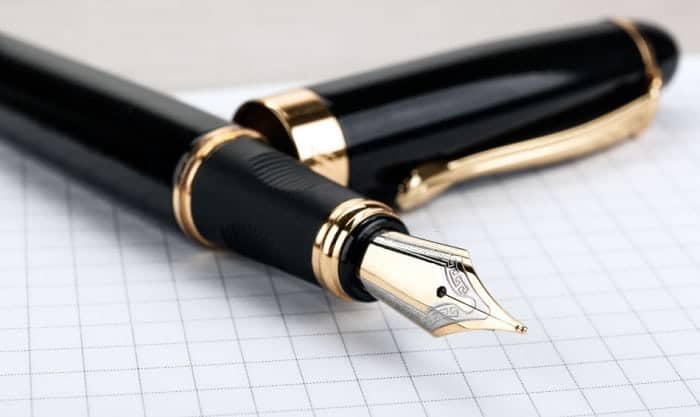
If you’re serious about creating beautiful calligraphy, investing in quality pens and nibs is an absolute must. Good quality pens and nibs will help you achieve the most precise and consistent lines, so your writing looks as flawless as possible. There’s a huge variety of pens and nibs out there, so it’s worth doing some research to find out which ones are best suited to your style and budget. As you become more experienced, you’ll be able to identify which pens and nibs work best for you – but in the meantime, try to find a good starter set that will give you the best results.
Be sure to buy from a reputable supplier, as the quality of the product will affect the quality of your calligraphy.

When it comes to calligraphy, it’s important to buy your materials from a reliable supplier. Poor quality products won’t offer the same results as higher quality materials, and it can really affect the outcome and quality of your calligraphy. Investing in the best supplies will ensure you get the best results and a smooth writing experience. Do your research and read reviews to find the best supplier for your calligraphy needs. Shopping around is also a great idea, as prices can vary greatly from one store to the next. Make sure you get the best value for your money and the best quality for your art.
Practice regularly: Calligraphy is a skill that requires a lot of practice
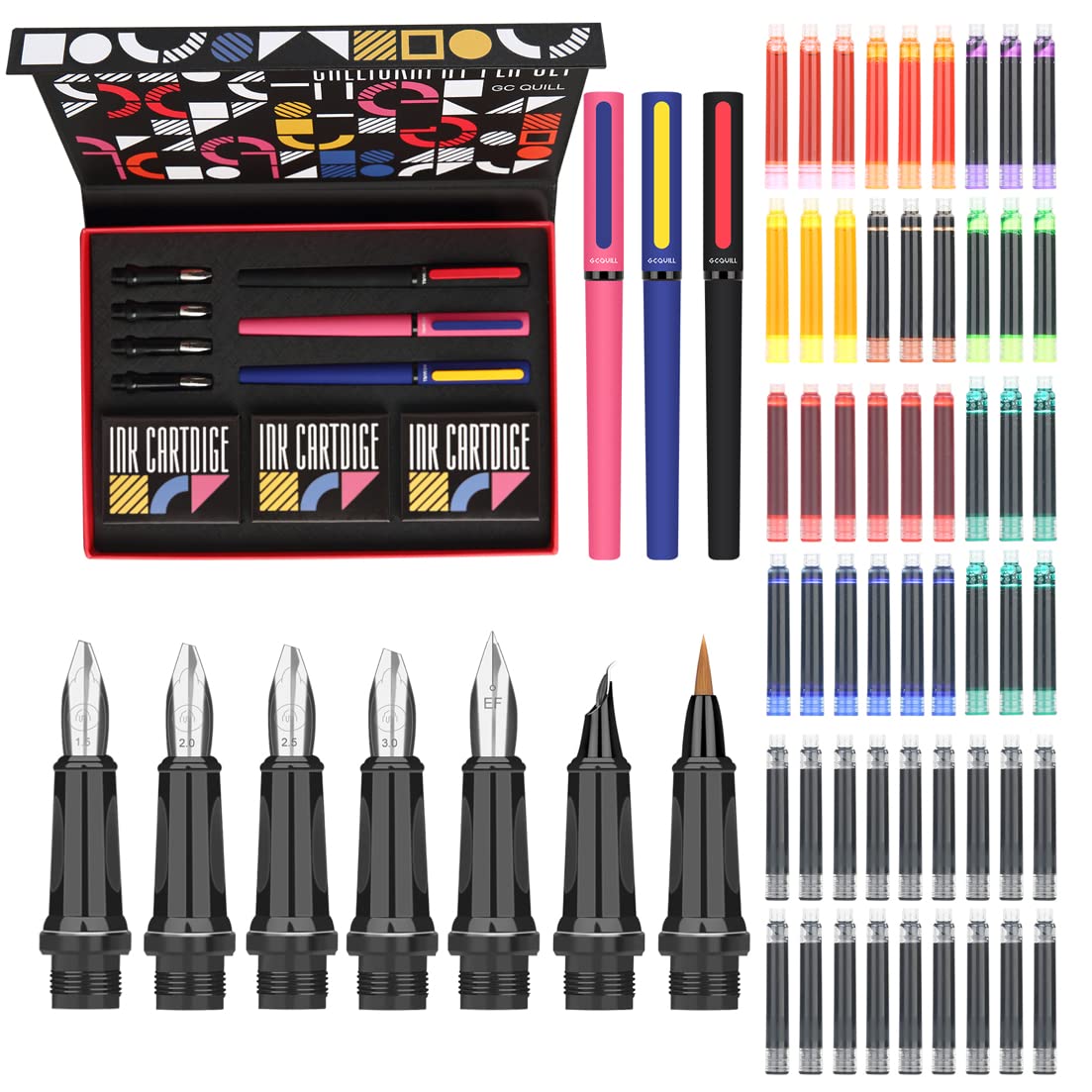
Practicing calligraphy is essential to developing your skills and mastering the art. It’s important to practice regularly and consistently, to ensure you’re improving and perfecting your technique. Set yourself a goal of practicing for at least a few hours each week, and if you can, try to practice every day. You don’t have to write full pieces of calligraphy in one go – break it up into smaller sections and do those separately. It’s also a good idea to take regular breaks, as your hand and wrist can get tired quite easily. Finally, keep track of your progress and note down any changes or improvements you make. That way, you can look back and see how far you’ve come!
Set aside time each week to practice and try out new scripts.
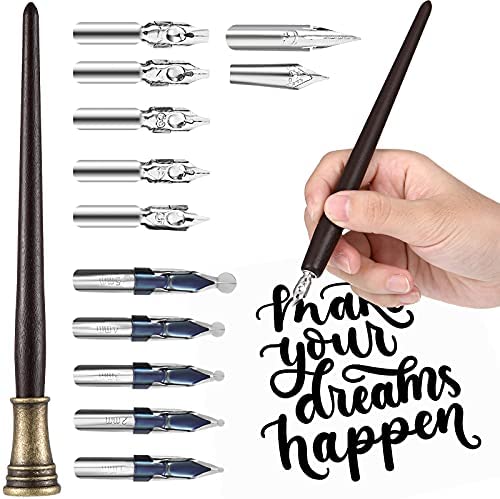
If you want to learn calligraphy, it is important to set aside some time each week to practice and explore different scripts. I have found that dedicating at least an hour or two a week helps me stay focused and motivated. Not only does this give me the opportunity to practice the basics of calligraphy but it also allows me to experiment with different scripts and techniques. Even if you only have a few minutes each week, it is important to take the time to practice and try out new scripts as this will help you become a better calligrapher.
Use guidelines: Guidelines are essential for creating consistent letters that are evenly spaced

If you’re looking to improve your calligraphy skills, a great place to start is with guidelines. Guidelines are a key element for creating letters that are evenly spaced and look consistent. Using a ruler, make a few lines on your paper to act as your guidelines. For best results, mark a dot at the same point for each line, and try to keep the same amount of space between each line. Make sure to use a light pencil so that you can easily erase the lines when you’re done. To perfect your letters and make them look even, practice tracing existing letters and keeping them in line with the guidelines. With enough practice, you’ll be creating beautiful calligraphy in no time!
If you’re having trouble creating even spacing, try using a sheet of grid paper or a ruler.
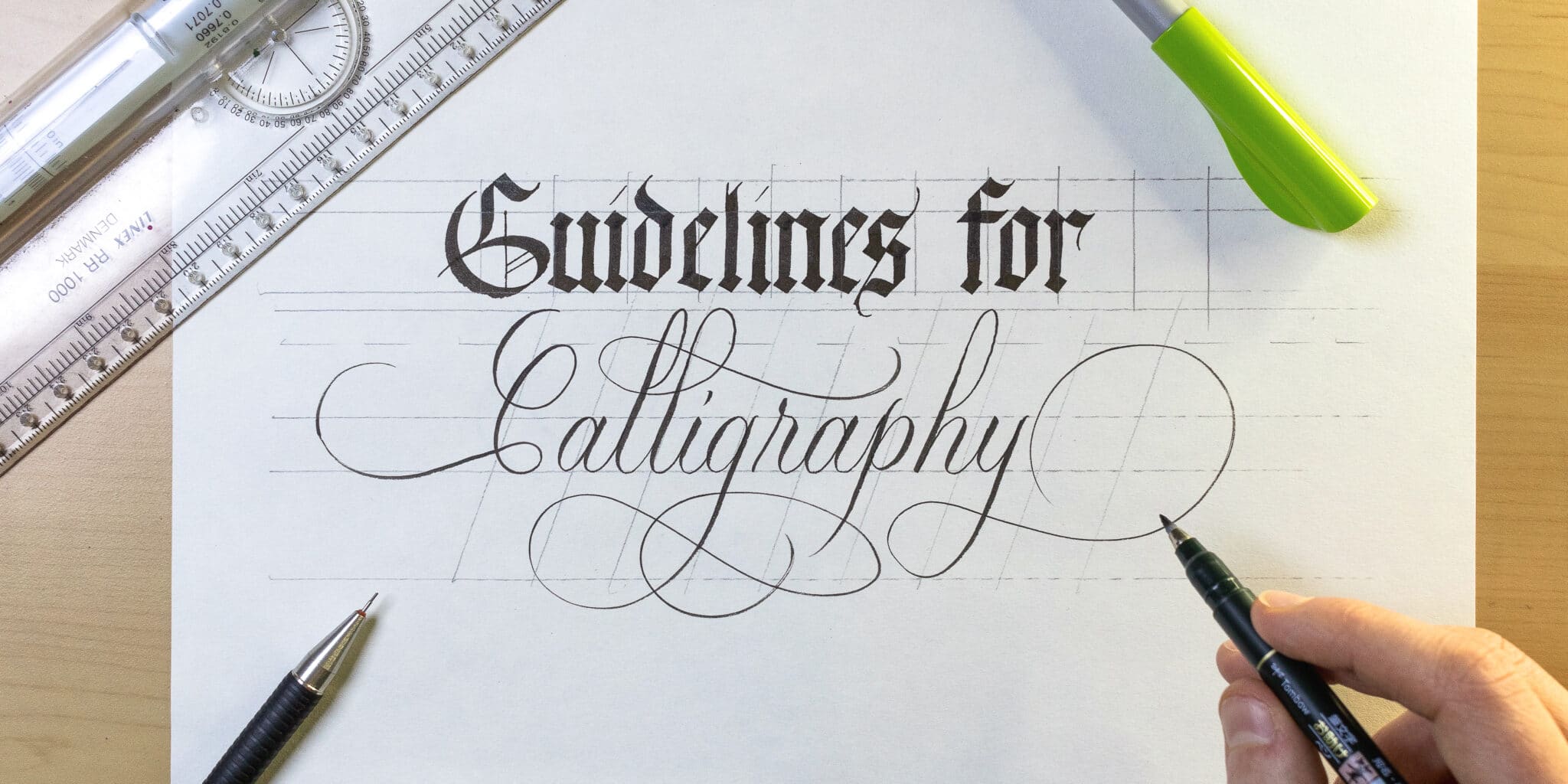
If you’re having trouble keeping your handwriting consistent and even, grid paper and a ruler can be a great way to practice. I used to have a ton of trouble with my spacing, but I started using grid paper and a ruler to practice and I could definitely tell a difference. It’s so much easier to draw straight lines and make sure your letters are all spaced out evenly when you can use a ruler to guide you. Plus, you can use the grid paper to make sure your letters are all in the same line. I highly recommend it if you’re having trouble with your calligraphy.
Use the right paper: Choose a paper that is suited to the type of
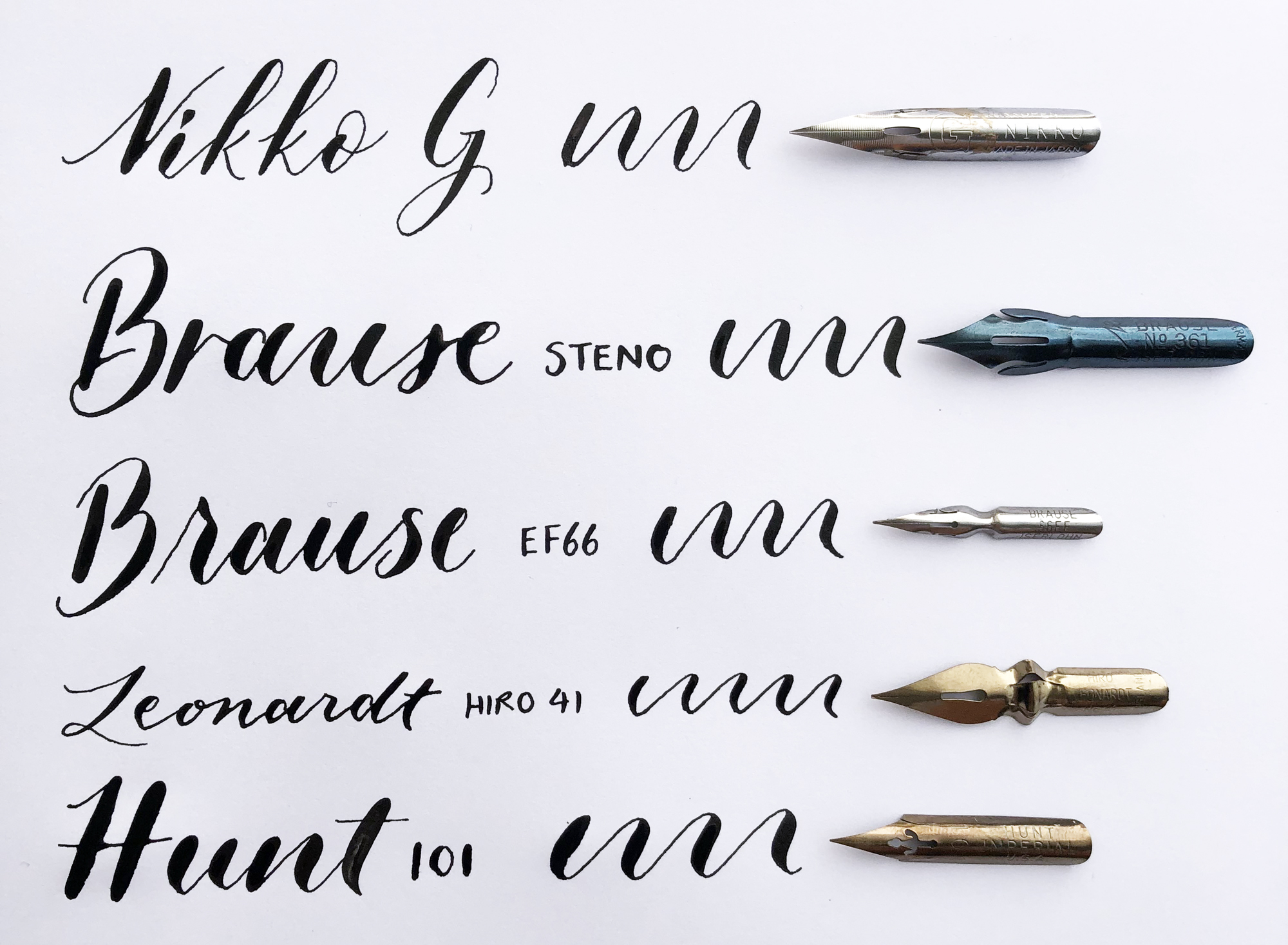
When it comes to calligraphy, you need to make sure you’re using the right paper. It can make all the difference! The type of paper you use depends on the type of calligraphy you’re doing. If you’re doing pointed pen calligraphy, you’ll need a smooth paper so the pen can create fine lines. For brush calligraphy, a textured paper works best to help the brush move smoothly. If you’re unsure what type of paper to use, you can always go for a practice paper that is designed for calligraphy. This will help you get the hang of writing before you move onto more expensive paper. So, make sure you choose the right paper for your calligraphic needs!

